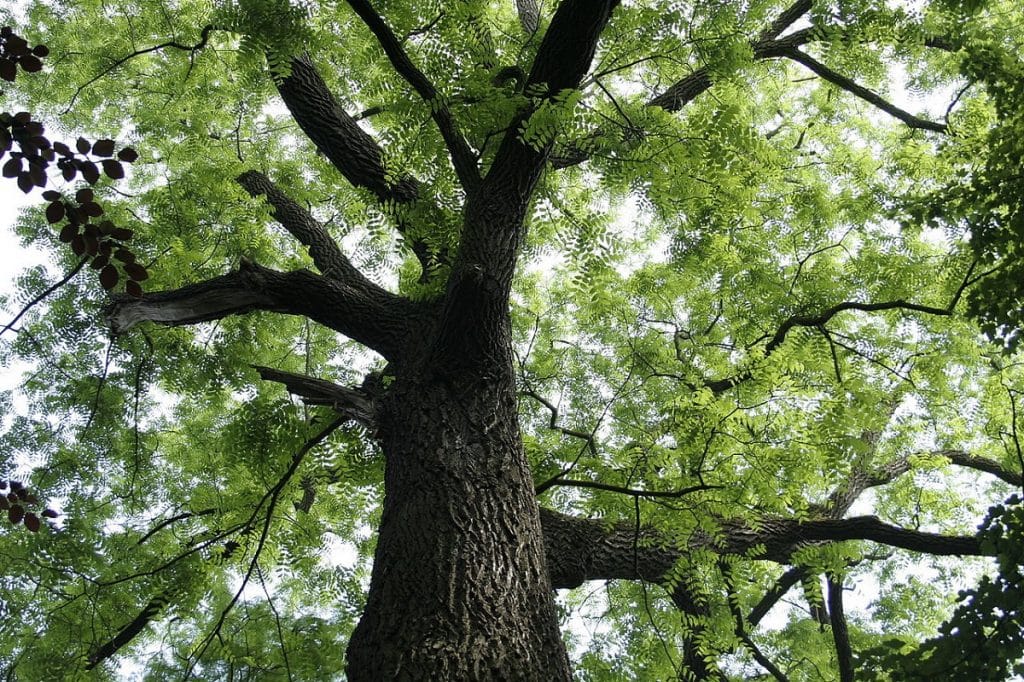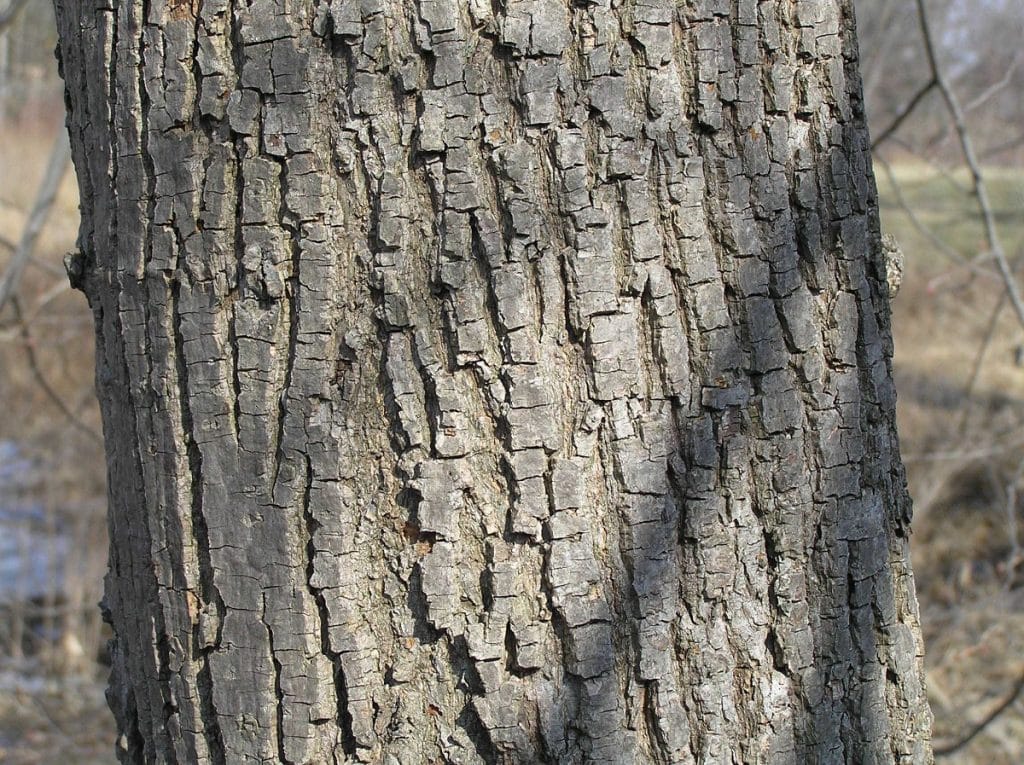You may be a whittler, or you want to carve kitchen appliances, dinnerware, or reliefs, or you may be the sort with the mettle for carving a chainsaw. But you may find yourself struggling without the correct wood. For example, some kinds of wood are too soft for handling food. Others, like oak, can be so knotty that they are going to fight you like you’re trying to carve.
With all the options at hand for Mother Nature, you may be wondering which wood is best for your own needs for carving. To help you get the most out of your hobby or career, let’s get to know some in-depth knowledge about various wood styles.
Fruit Wood: Fruit trees, such as apple, pear, and cherry wood, are fine-grained enough to work well for dishes (particularly bowl s) and are some of the best spoons carving wood. Fruit wood’s close-pored texture makes it ideal for leakproof vessels. If they are on the greener side, it is better to carve fruit forests, as the drier the wood is, the tougher it will be, and the more vulnerable to cracks.
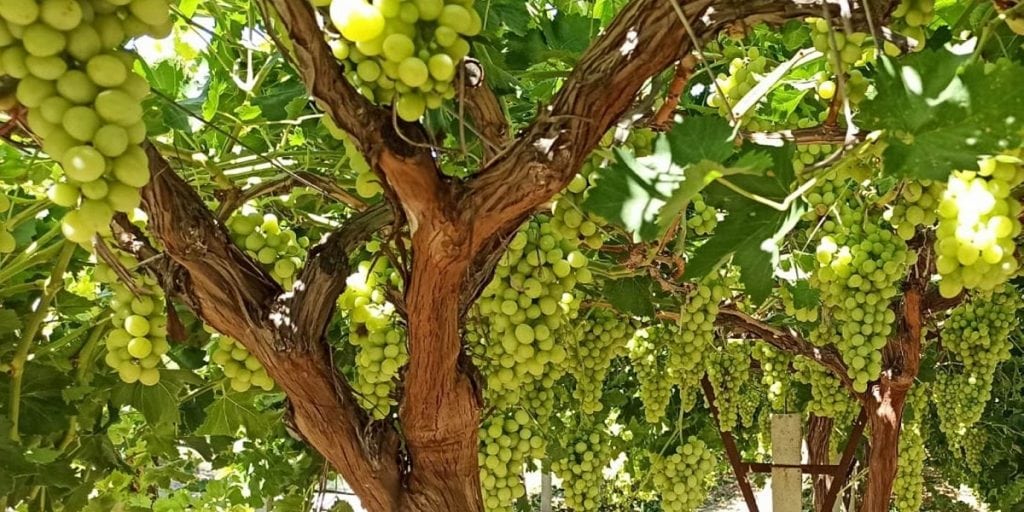
Oak: As one of the strongest types of wood, oak is widely considered for its durability, making it suitable for furniture. It also boasts a wonderfully solid grain and a rich color that gives your work appeal. White oak has tight pores and is commonly used to make barrels in which whisky or wine can be fermented. It is one of the most difficult woods to use for relief carving since it is so hard.

White Pine: The pine is well known for being a beast to carve, but the exception is the softer white pine. Though it is most commonly used for lumber, because it keeps its shape well, it is also commonly used for making or carving furniture. For chain saw carving, it’s also the best wood, as it can withstand the power behind a chain saw. Make sure it’s on the green side when you pick white pine and keep it wet for the best performance.
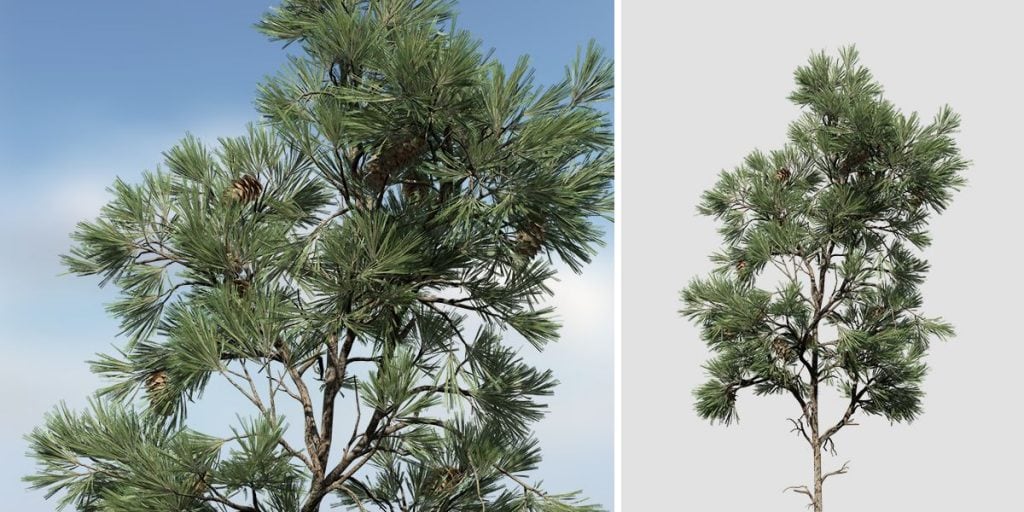
Balsa: For whittling, balsa is fine. It’s lightweight, soft, and inexpensive enough to make it a decent beginner’s fit. It is widely used for crafting, modeling, and dollhouses, but is also flexible enough for the creation of statues or ornaments. When dry, balsa wood can break easily, so be sure to thoroughly sand the edges to safeguard the wood.
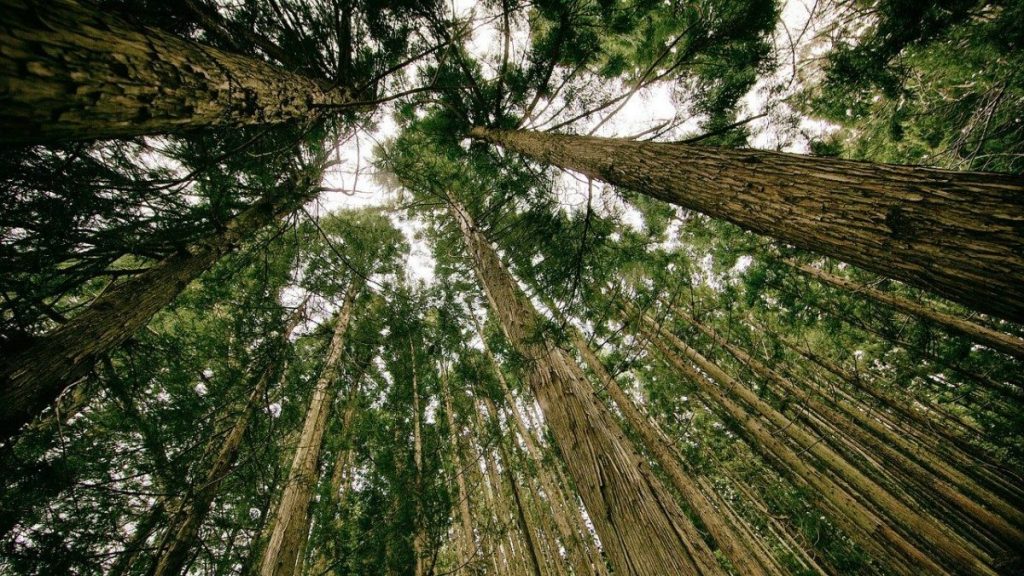
Butter Nut: This is a rich tan wood that is another ideal starter for beginners. It is soft, straight-grained, and good for relief carving or sculpture. It also looks great stained. It’s a close second to basswood for ease of use, but can also be somewhat difficult to find because the trees are being threatened by fungus in North America.
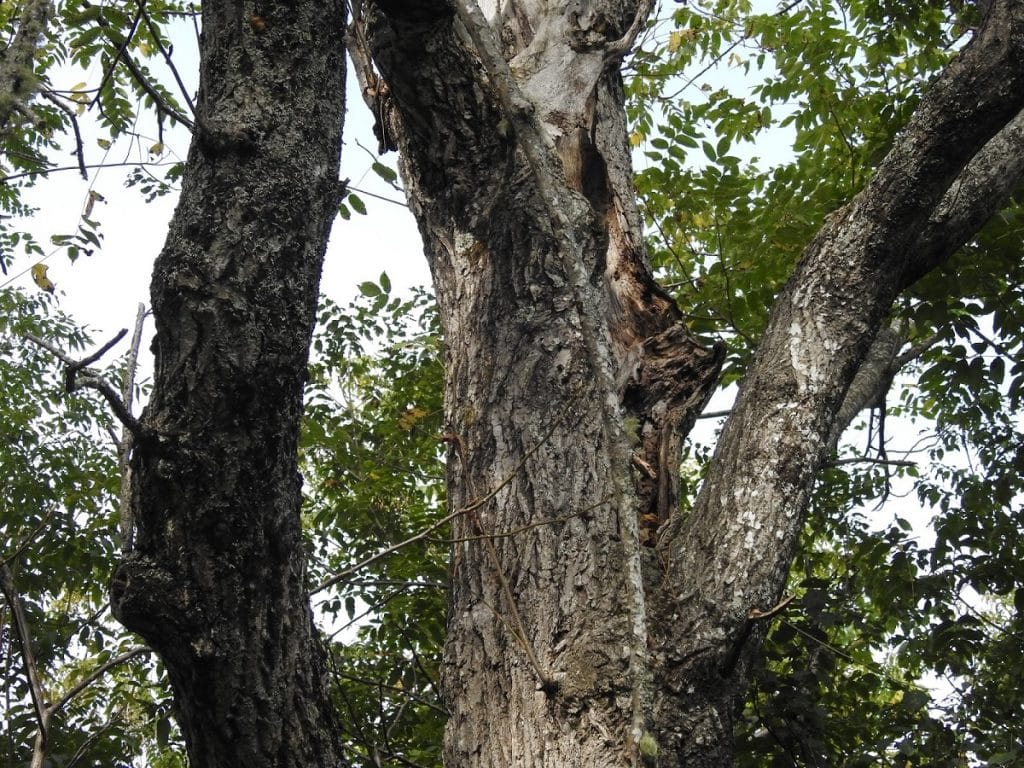
Bass Wood: One of the easiest wood types to carve is basswood, and it is highly recommended for beginners. It’s gentle and forgiving, which ensures that your tools are simple and that the wood stain is well preserved. It’s also the best wood for whittling or for relief carving to achieve intricate information. While the softness of basswood makes it simple to carve against the grain, for better results, carving with the grain is often preferable.

A Basswood Tree Trunk
And one other type of wood is:
Black Walnut: Black walnut is considered one of the harder woods, but beautiful carvings can be made with its rich grain and color. Due to its visual appeal, many carvers use it for relief carving, despite it being difficult to carve. If you want it, make sure you have good quality equipment to prevent too much pressure on your hands and keep them sharp.
